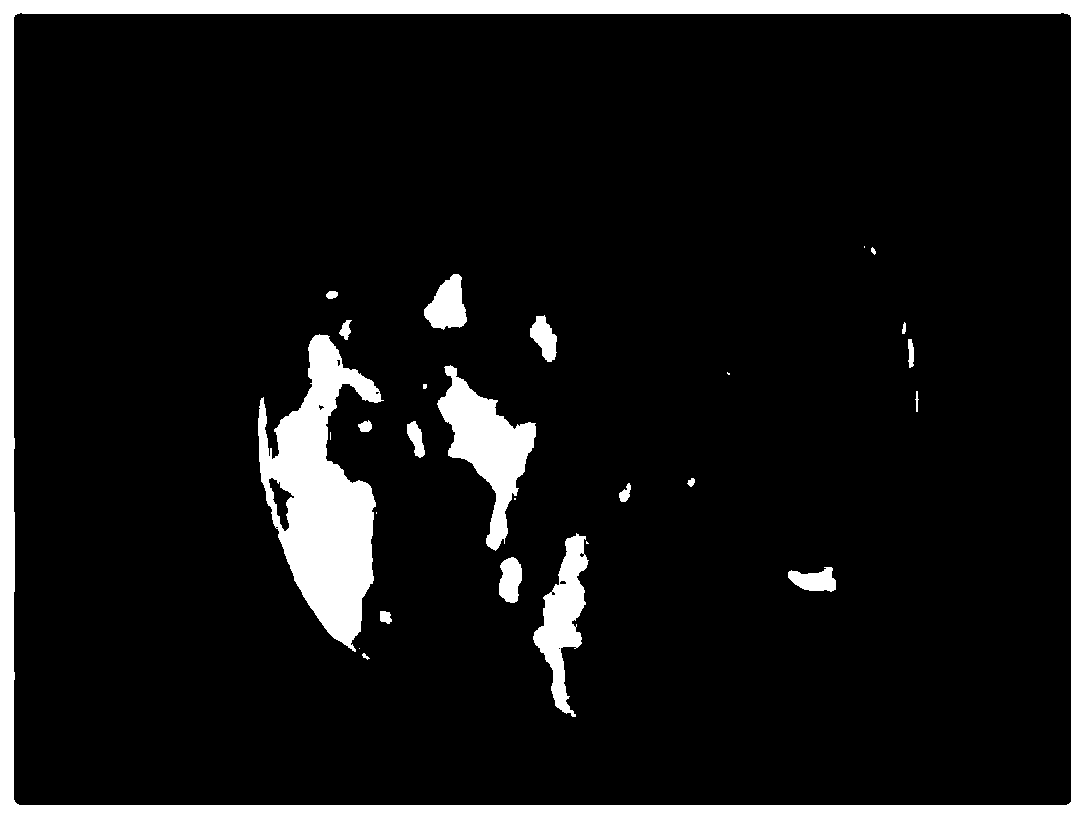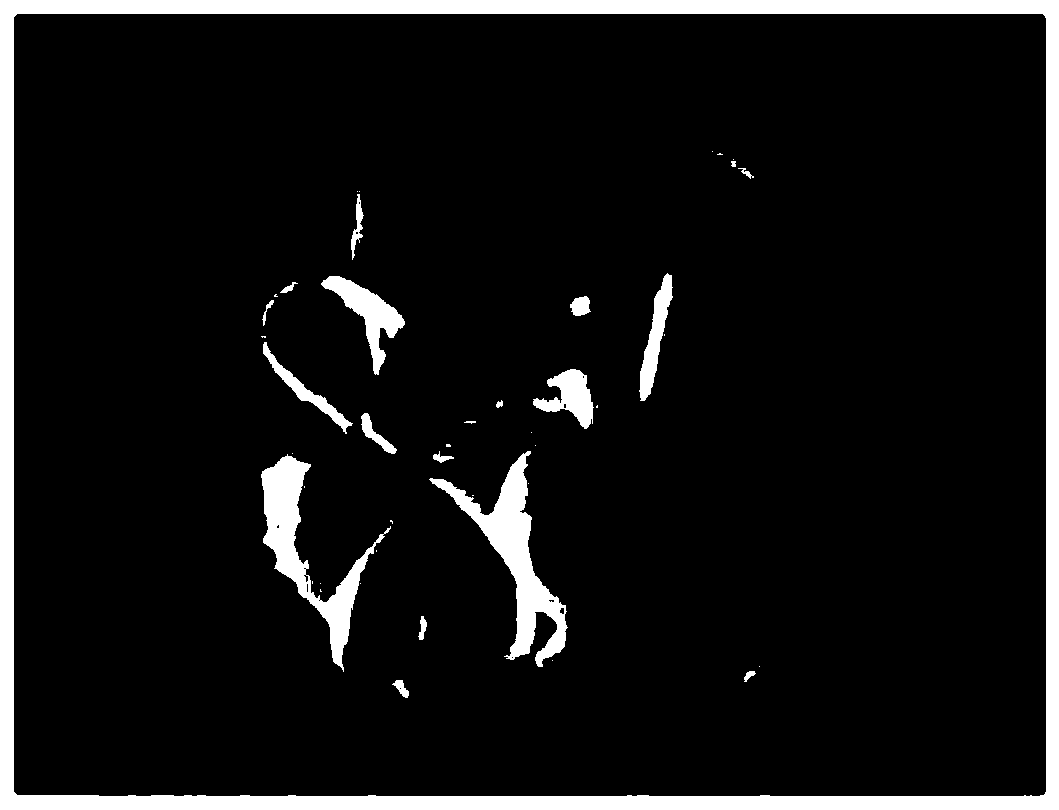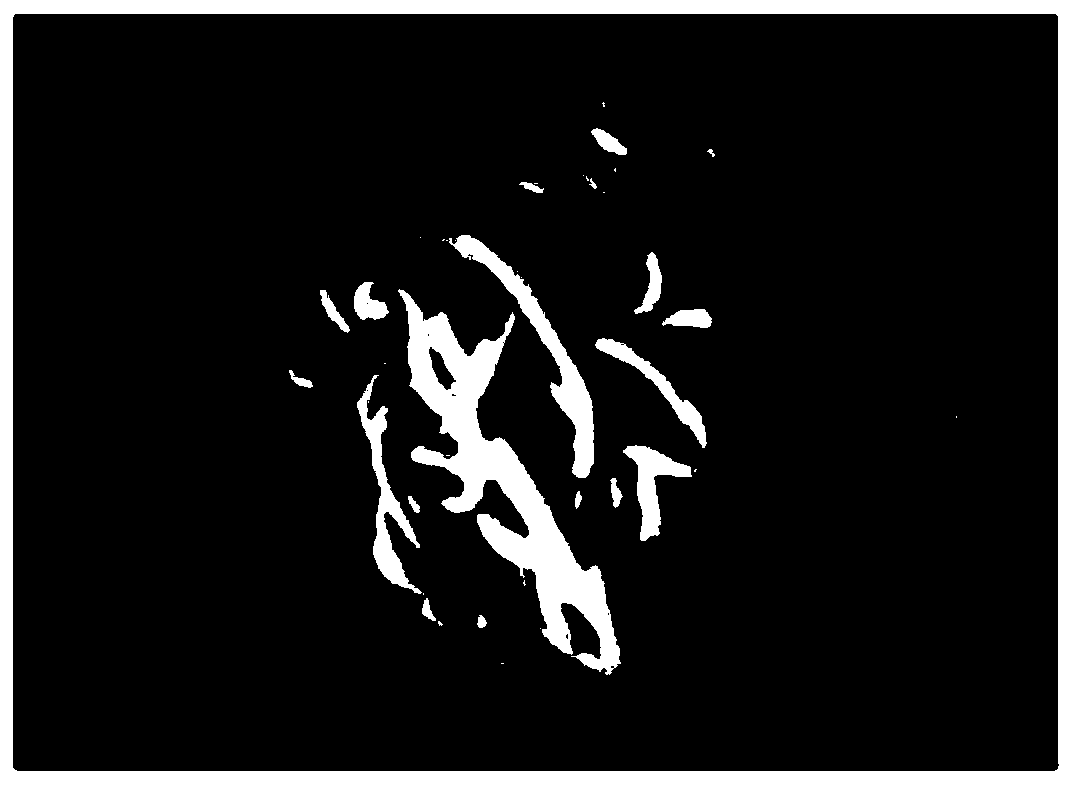Antiseptic fresh-keeping method for ready-to-eat wet noodles
A fresh-keeping method and a technology for instant wet noodles, which are applied in food preservation, food ingredients as antimicrobial preservation, food science, etc., can solve the problems of inconsistent flavor, masking, and sensory quality degradation of noodles, and achieve optimal fresh-keeping effect and extended shelf life , Sour taste reduction effect
- Summary
- Abstract
- Description
- Claims
- Application Information
AI Technical Summary
Problems solved by technology
Method used
Image
Examples
Embodiment 1
[0029] Weigh a certain amount of flour, 0.8% lysozyme powder of the flour mass, and 32.5% water of the flour mass, add the lysozyme powder to the water to obtain the lysozyme solution, add the lysozyme solution to the flour, and mix and knead until the dough The surface is smooth.
[0030] Put the dough in a 28℃ constant temperature oven for 1h, adjust the noodle press roller spacing to 3.5mm, gradually reduce the noodle spacing as the number of presses increases, and finally thin the dough sheet to 2mm, using a 2mm circle Cut the noodles into strips and cut the noodles into strips. Put the noodles in boiling water and cook for 5 minutes, quickly remove the noodles, rinse with cold water for 30 seconds, and drain to obtain fresh wet noodles.
[0031] Use a sodium lactate buffer solution with a pH of 5.5, where the anion concentration is 0.9 mol / L. The fresh wet noodles obtained after washing and draining are soaked in a sodium lactate buffer solution at 25°C for 30s, and then rem...
Embodiment 2
[0033] Weigh a certain amount of flour, 0.8% lysozyme powder of the flour mass, and 32.5% water of the flour mass, add the lysozyme powder to the water to obtain the lysozyme solution, add the lysozyme solution to the flour, and mix and knead until the dough The surface is smooth.
[0034] Put the dough in a 28℃ constant temperature oven for 1h, adjust the noodle press roller spacing to 3.5mm, gradually reduce the noodle spacing as the number of presses increases, and finally thin the dough sheet to 2mm, using a 2mm circle The dough knife cuts the dough into strips. Put the noodles in boiling water and cook for 5 minutes, quickly remove the noodles, rinse with cold water for 30 seconds, and drain to obtain fresh wet noodles.
[0035] Use a sodium lactate buffer solution with a pH of 5.0, where the anion concentration is 1.0 mol / L. The fresh wet noodles obtained after washing and draining are soaked in a sodium lactate buffer solution at 25°C for 30s, and then removed for a second...
Embodiment 3
[0037] Weigh a certain amount of flour, 0.8% lysozyme powder of the flour mass, and 32.5% water of the flour mass, add the lysozyme powder to the water to obtain the lysozyme solution, add the lysozyme solution to the flour, and mix and knead until the dough The surface is smooth.
[0038] Put the dough in a 28℃ constant temperature oven for 1h, adjust the noodle press roller spacing to 3.5mm, gradually reduce the noodle spacing as the number of presses increases, and finally thin the dough sheet to 2mm, using a 2mm circle The dough knife cuts the dough into strips. Put the noodles in boiling water and cook for 5 minutes, quickly remove the noodles, rinse with cold water for 30 seconds, and drain to obtain fresh wet noodles.
[0039] Use a sodium lactate buffer solution with a pH of 4.5 and an anion concentration of 0.4 mol / L. The fresh wet noodles obtained after washing and draining are soaked in a sodium lactate buffer solution at 25°C for 30s, and then removed for a second tim...
PUM
 Login to View More
Login to View More Abstract
Description
Claims
Application Information
 Login to View More
Login to View More - R&D
- Intellectual Property
- Life Sciences
- Materials
- Tech Scout
- Unparalleled Data Quality
- Higher Quality Content
- 60% Fewer Hallucinations
Browse by: Latest US Patents, China's latest patents, Technical Efficacy Thesaurus, Application Domain, Technology Topic, Popular Technical Reports.
© 2025 PatSnap. All rights reserved.Legal|Privacy policy|Modern Slavery Act Transparency Statement|Sitemap|About US| Contact US: help@patsnap.com



